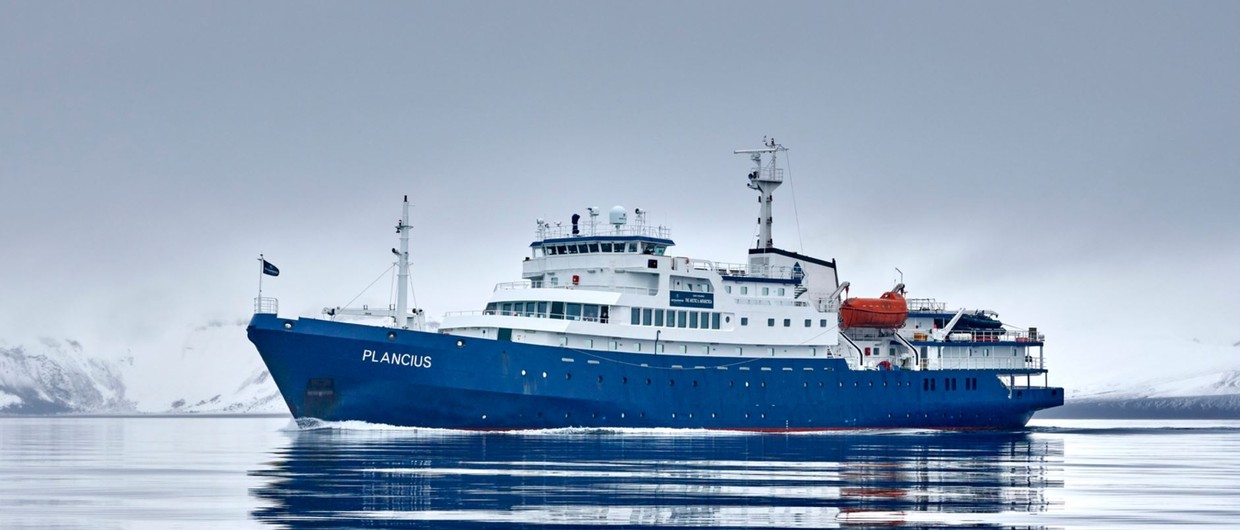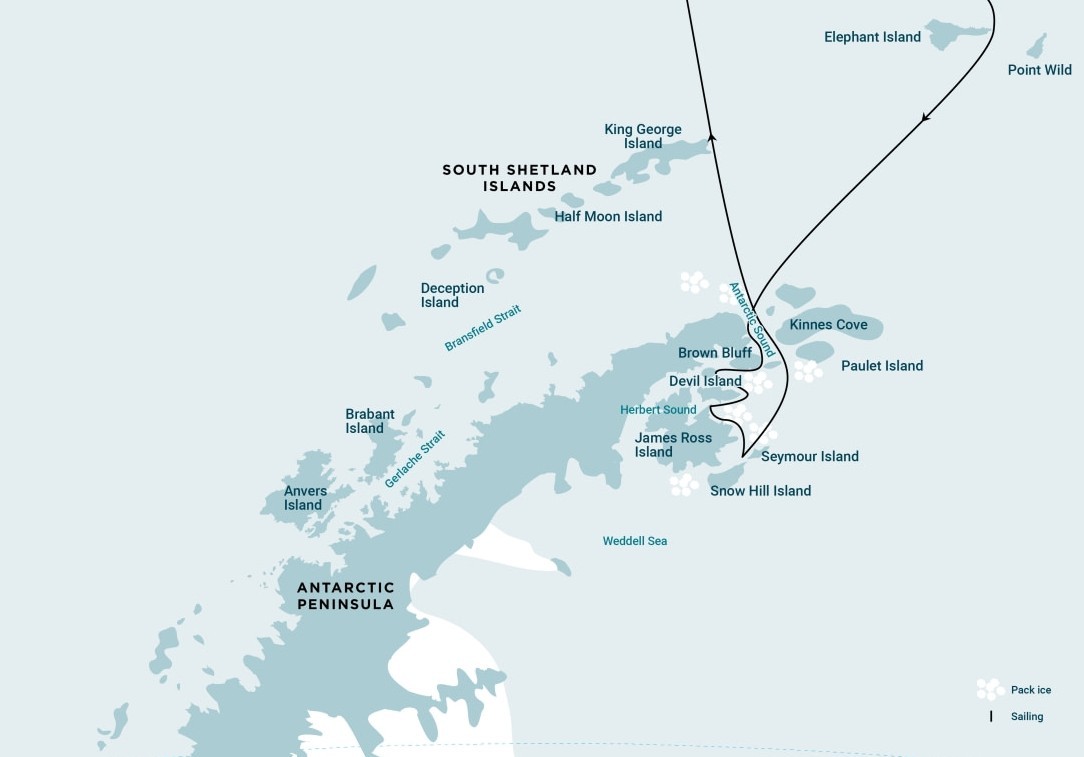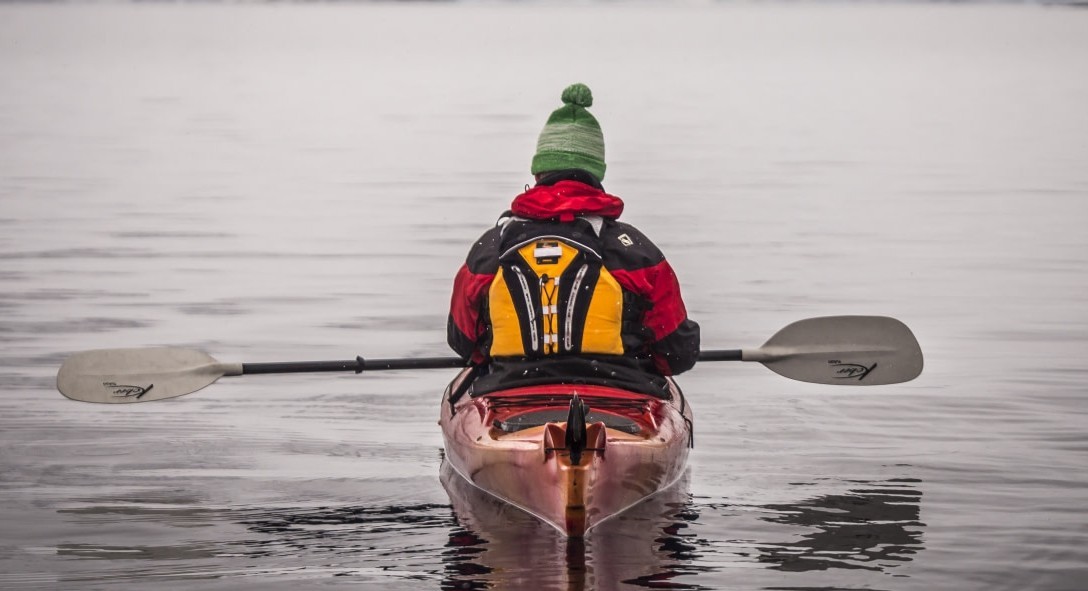from$ 13216 AUD
Note: Current p/p indicative rate. Final price may change due to currency fluctuations.
Plancius
Ushuaia to Ushuaia
Overview
The great Weddell Sea not only features massive tabular icebergs, wildly dramatic landscapes, and fascinating historical sites, but it is also one of the best places in Antarctica for viewing iconic wildlife like whales, seals, juvenile emperor penguins, and many other rarely seen seabirds. You can hardly get a better experience of Antarctica than a voyage to the great Weddell Sea. Be prepared to see massive tabular icebergs, wildly dramatic landscapes, and fascinating historical sites. This extraordinary expedition is also perfect for observing juvenile emperor penguins.
Departures
Cruise Itinerary
Your voyage begins where the world drops off. Ushuaia, Argentina, reputed to be the southernmost city on the planet, is located on the far southern tip of South America. Starting in the afternoon, you embark from this small resort town on Tierra del Fuego, nicknamed “The End of the World,” and sail the mountain-fringed Beagle Channel for the remainder of the evening.
Over the next two days on the Drake Passage, you enjoy some of the same experiences encountered by the great polar explorers who first charted these regions: cool salt breezes, rolling seas, maybe even a fin whale spouting up sea spray. After passing the Antarctic Convergence – Antarctica’s natural boundary, formed when north-flowing cold waters collide with warmer sub-Antarctic seas – you are in the circum-Antarctic upwelling zone. Not only does the marine life change, the avian life changes too. Wandering albatrosses, grey-headed albatrosses, black-browed albatrosses, light-mantled sooty albatrosses, cape pigeons, southern fulmars, Wilson’s storm petrels, blue petrels, and Antarctic petrels are a few of the birds you might see.
This morning we hope to land at Brown Bluff with its impressive scenery and nesting Adelie penguins. In the afternoon, we head across the Antarctic Sound to Kinnes Cove for a landing, where you can see the nearby Madder Cliffs with their subtle red coloration as well as nearby gentoo penguins.
Today we explore the southern end of the Antarctic Sound, including the islands of Jonassen, Andersson, and Rosamel, depending on conditions. In the afternoon, we head to Paulet Island, where an historic hut remains from the 1903 Swedish Antarctic Expedition of Otto Nordenskiöld. This hut enabled the team, whose ship had been crushed in sea ice, to survive until they were rescued.
The aim is to spend the day on and around Devil Island, an impressive landing site that gives us the chance to ascend the summit and take in breathtaking views of Erebus and Terror Gulf, as well as our ship anchored in the bay below.
Today you can explore the area of Herbert Sound, named after the great explorer Sir Wally Herbert. We will focus our attention on the area of the Naze Peninsula and Comb Ridge on James Ross Island.
We sail as close as the ice allows to the northwest area of Erebus and Terror Gulf, where the Beak and Eagle islands await us. As with other islands in this group, they are volcanic in origin. Beak island has two freshwater lakes that are home to unique ecosystems, and Eagle Island offers spectacular scenery. It is most famous for being the hottest place in Antarctica during a heatwave that melted 20% of the island’s snow and ice in 2020.
The next plan is to visit Deception Island. Actually a subducted crater, this island opens into the sea and creates a natural harbor for the ship. Hot springs, an abandoned whaling station, and multiple bird species – cape petrels, kelp gulls, brown and south polar skuas, and Antarctic terns – can be seen here. Wilson’s storm petrels and black-bellied storm petrels also nest in the ruins of the whaling station in Whalers Bay.
Your return voyage is far from lonely. While crossing the Drake, we are again greeted by the vast array of seabirds remembered from the passage south. But they seem a little more familiar to you now, and you to them.
Every adventure, no matter how great, must eventually come to an end. It’s now time to disembark in Ushuaia with memories that will accompany you wherever your next journey leads.
All itineraries are for guidance only. Programs may vary depending on ice, weather, and wildlife conditions. Landings are subject to site availabilities, permissions, and environmental concerns per IAATO regulations. Official sailing plans and landing slots are scheduled with IAATO prior to the start of the season, but the expedition leader determines the final plan. Flexibility is paramount for expedition cruises. The average cruising speed for our vessel is 10.5 knots.
Plancius

Vessel Type: Expedition Length: 89 metres Passenger Capacity: 108 - 116 Built / refurbished: 1976 / 2009 M/v “Plancius” accommodates 116 passengers in 53 passenger cabins (108 passengers as of season Arctic 2020) with private toilet and shower in 4 quadruple porthole cabins, 2 triple porthole cabins, 9 twin porthole cabins, 26 twin cabins with window and 2 twin deluxe cabins, all (ca. 12,5 square meters) and 10 twin superior cabins (ca. 21 square meters). All cabins offer lower berths (one queen-size bed in the superior cabins and two single beds in the twin cabins), except for the 4 quadruple cabins (for 4 persons in 2x upper and lower beds), and 2 triple cabins (1 bunk bed plus 1 lower bed). The vessel offers a restaurant/lecture room on deck 3 and a spacious observation lounge (with bar) on deck 5 with large windows, offering full panorama view. M/v “Plancius” has large open deck spaces (with full walk-around possibilities on deck 4), giving excellent opportunities to enjoy the scenery and wildlife. She is furthermore equipped with 10 Mark V zodiacs, including 40 HP 4-stroke outboard engines and 2 gangways on the starboard side, guaranteeing a swift zodiac operation. M/v “Plancius” is comfortable and nicely decorated, but is not a luxury vessel. Our voyages in the Arctic and Antarctic regions are primarily defined by an exploratory educational travel programme, spending as much time ashore as possible. Plancius fully meets our demands to achieve this. The vessel is equipped with a diesel-electric propulsion system which reduces the noise and vibration of the vessel considerably. The 3 diesel engines generate 1.230 horse-power each, giving the vessel a speed of 10 - 12 knots. The vessel is ice-strengthened and was specially built for oceanographic voyages. M/v “Plancius” is manned by an international crew of 37 (18 nautical crew and 19 hotel crew), 8 expedition staff (1 expedition leader, 1 assistant expedition leader and 6 guides/lecturers), and 1 doctor.
Highlights
• Enjoy Brown Bluff, Madder Cliffs and nesting penguins • Explore Antarctic sound islands and history • Enjoy the marvels of James Ross Island
Map



